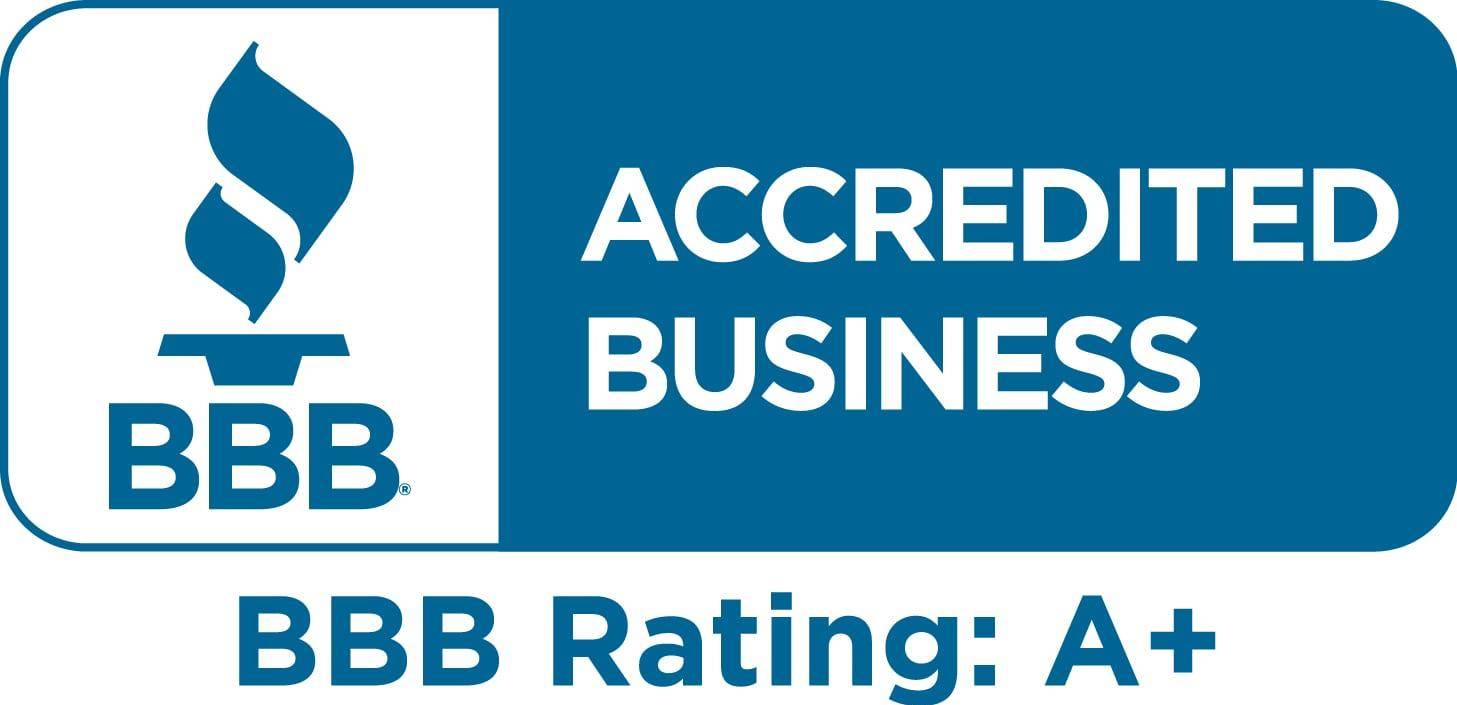

Leveraging lessons learned during the pandemic, companies are implementing elements of in-person and remote work that best support their unique goals and foster stronger employee engagement and productivity. The hybrid workplace approach is a leading model at this time - our research shows that over half of workers would prefer a hybrid model, or a mix of working from the office and working from home during the typical workweek. While some companies are returning to their previous workplace strategy of assigned seating, many are evaluating the changing needs of workers and trying new workplace planning strategies to optimize productivity and satisfaction. Understand a variety of workplace models.Īs companies rethink their square footage needs, they are faced with a new challenge of finding a balance between potentially relinquishing their physical space and leaning more on remote working and relying on the office to create shared human experiences and collaboration. Since there is no one-size-fits-all approach, we’ve outlined 10 considerations, tools, and methodologies that can help guide organizations that are facing the same unprecedented challenges - and opportunities - to create a better workplace experience in the post-pandemic era.ġ.

While this is a positive sign for businesses, we know that it's a heavy lift to coordinate space, desks, and resources for new and returning workers. Return-to-office planning is ramping up and as many companies have experienced tremendous change in headcount over the past two years, the transition back to the office introduces the challenge of welcoming new team members and reorienting existing employees. To meet employees’ evolving expectations, how can the workplace adapt to support the well-being of employees and evolve how we connect, exchange ideas, and find community in our shared work environments? From new guidelines and policies for the hybrid workplace, to improved technology to keep teams connected, to amenities that better prioritize health - our time spent working from home has reshaped what employees want from the office in a post-pandemic world. As people across the globe prepare to transition back to the physical office, our clients are focused on how they can effectively plan, communicate, and attract hundreds to thousands of employees to return.


 0 kommentar(er)
0 kommentar(er)
